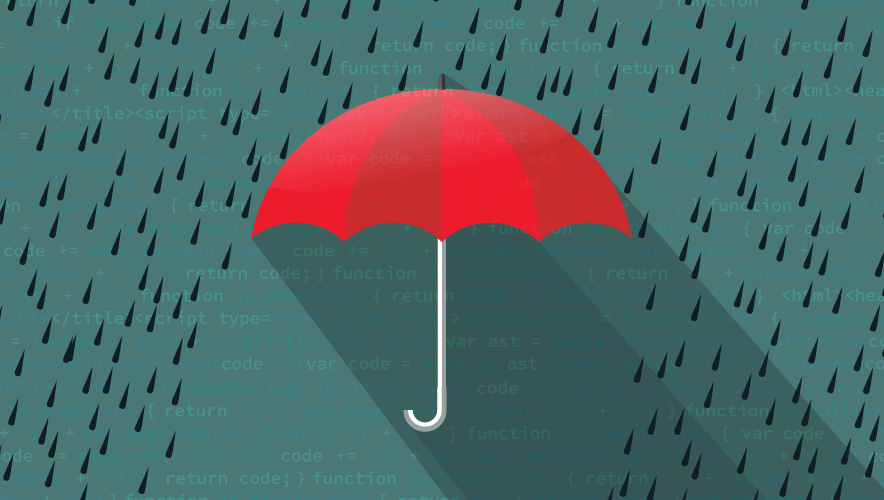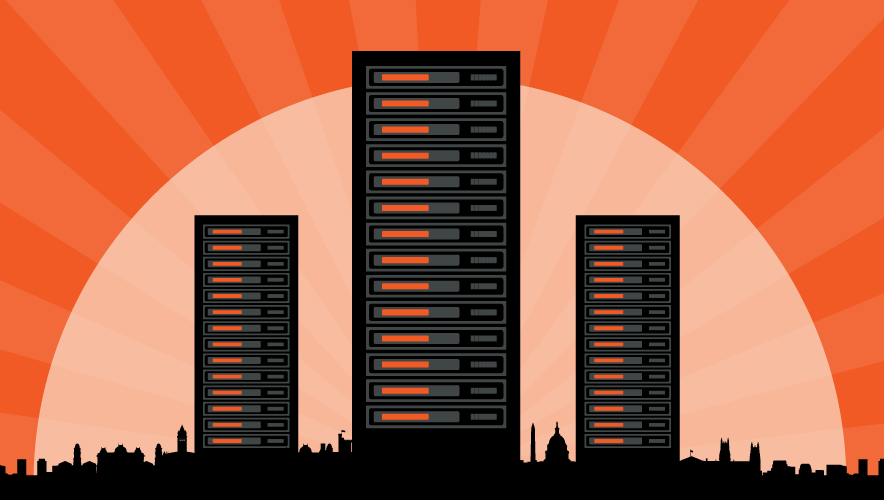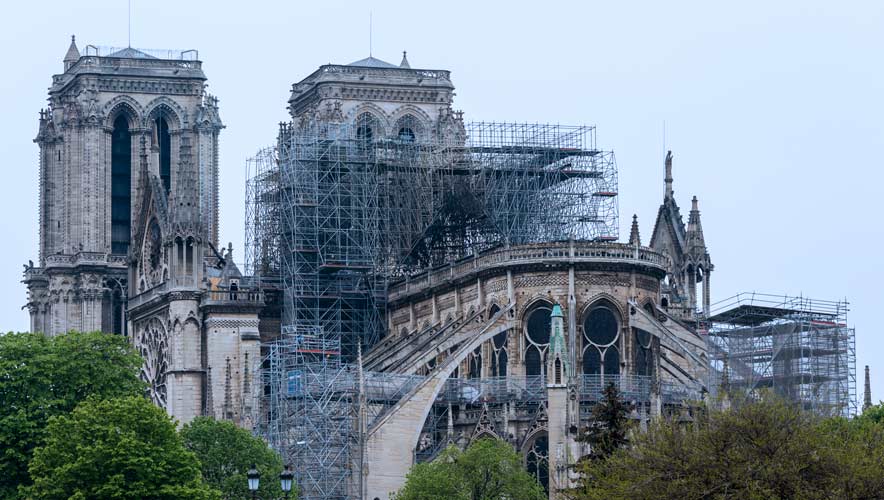Do You Need Resilient Surveillance Systems? Start with Server, Storage, and Network Infrastructure
Organizations are adding more cameras every year with higher resolution, increased frame rates, and longer video retention requirements, making video surveillance system resilience critically important to overall security strategies.
Video surveillance footage is unique from other data storage—because cameras typically record continuously, they are especially hard on hardware, with frequent disk and server failures. But any interruption to surveillance recording or storage infrastructure can cause camera downtime, degraded video, or total video loss, which hinders your ability to respond, investigate, and prosecute using video data evidence.
Comprehensive surveillance system resilience requires a focus on eliminating single points of failure by building a multi-layered approach to mitigate risks associated with downtime and video loss. This is why it’s important for mission-critical environments to create resiliency across each infrastructure category: the server layer, the storage layer, and environmental devices.
The Server Layer
The server layer in a surveillance environment is often addressed by network video recorders (NVRs), which run video management software (VMS) and provide primary video storage. For smaller environments, single standalone NVRs are often the method of choice because they are simple and reliable. But for more mission-critical environments, standalone NVRs represent single points of failure that can generate downtime and data loss.
As video surveillance becomes more important to the organization, security departments build in redundancy with NVR failover functionality. In these environments, if the “hot,” or active, NVR fails, the VMS recording function transfers to a “cold” standby NVR. Resilience is achieved by ensuring that camera recording continues on the failover NVR; however, it is limited because previously recorded video is trapped on the failed NVR. In the best-case scenario, the video can be recovered when that server is rebuilt, but is sometimes not recoverable at all. This also means organizations must procure more NVRs to ensure resilience and backup, which is costly.
An IT-centric alternative involves using a virtualized recording server solution. Virtual machines (VMs) are deployed extensively in IT departments around the world with two major benefits: First, VMs enable organizations to consolidate multiple applications on the same set of hardware, drastically reducing the amount of hardware required in the data center. Second, VM failover functionality allows VMS and any other applications hosted on the failed server to automatically move to another virtualized server and continue operating.
Hyperconverged Infrastructure (HCI) takes VM functionality to an even higher level of resilience. An HCI solution leverages a shared pool of storage across multiple servers, so even in a catastrophic hardware failure scenario, VMS and other applications automatically move over to another server to protect the uptime of camera recording and other critical functions. Previously recorded video is still safe and protected, and—most importantly—immediately available for real-time critical incident response. And with virtual machines, it’s easy to provision and add more as the environment grows—which reduces the amount of hardware an organization must purchase.
Storage Layer
When it comes to storage layer resilience, redundant array of independent disks (RAID) protection should be the bare minimum deployed in a surveillance environment to protect against individual hard drive failures. RAID allows data to be stored in different locations on several hard disks or solid-state drives to protect the data in case one location fails. A hyperconverged infrastructure solution improves RAID by writing the video data across not just disks within an individual server, but across all drives in all servers, protecting against failure of not just individual disks, but also entire servers.
Dual streaming of cameras is another option for the most mission-critical surveillance environments, which enables a disaster recovery solution to protect against complete site failures. Dual streaming pushes video from cameras to two separate and fully redundant storage environments, so even if an entire site goes down, camera recording will continue and previously recorded video is immediately available.
Environmental Devices
Finally, environmental device resilience should also be addressed. Data center networking best practices recommend deploying redundant network infrastructure to ensure continued camera recording and accessibility, even if primary switches fail. On-board camera storage is often deployed to protect against video loss generated by network outages. Though limited in size, on-board storage can be sized to store enough video to survive most network outages.
Organizations should also implement holistic standard data center redundancy tactics to address every possible failure point, including uninterruptable power supplies (UPS), backup generators, and redundant server components like power supplies, fans, and network cards. And finally, if the video data is critical enough, organizations should consider maintaining multiple copies to protect against loss of that critical video. Options include backups, archives, or tiering archives to turn on or off-premise locations and leveraging cloud or even low-cost options like tape.
For security departments that consider surveillance video critical to their security strategy, it is imperative to deploy a multi-layered approach to address system resiliency. By addressing the catastrophic failure points within each infrastructure layer, organizations can dramatically reduce their risk by protecting maximum camera uptime, delivering high quality video capture, and ensuring immediate access to recorded video when it is needed most.
Dave Schatz is the director of security solutions at Quantum Corporation, a global provider of end-to-end solutions for storing, managing, protecting, archiving, and enriching unstructured video and image data across the lifecycle. Schatz helped build the Quantum Physical Security practice, including development of a security-centric solutions portfolio, and the acquisition and integration of two leading hyperconverged infrastructure providers, Pivot3 and Enclouden.
© 2022 Dave Schatz











